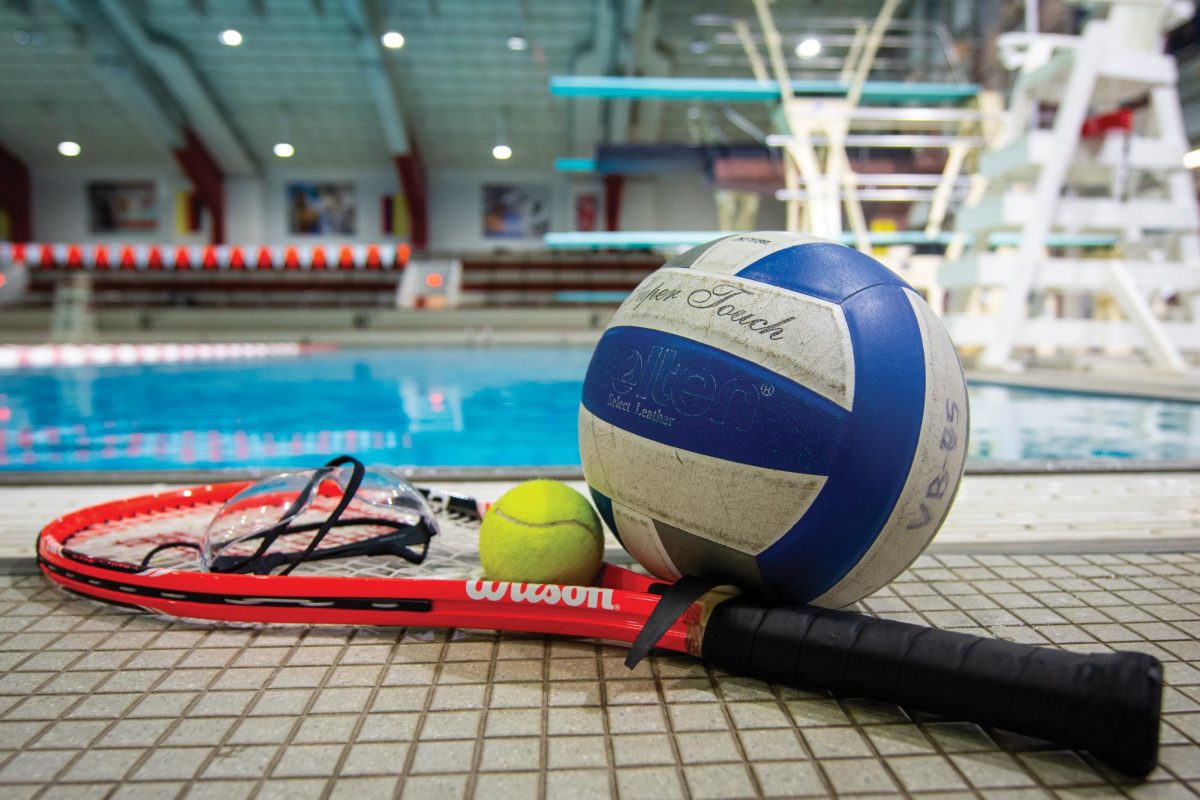
Alex Manuel
In June 2025, the “House settlement” went into effect, allowing universities to compensate student athletes directly for their personal branding. These name, image and likeness opportunities allow student athletes additional financial avenues like product endorsements, sponsorships and social media.
But direct funding does not equal increased NIL for all athletes — 75% of funding is expected to go to football programs. Non-revenue-generating athletes have expressed concerns about losing funding while proponents of this expectation claim the death of niche sports is a good thing.
Regardless of how our university chooses to proceed with funding distribution, athletes across any sport will be affected. Instead of debating which sports deserve funding, we need to shift the focus on our athletes themselves as members of our community.
Amanda Edwards, professor and member of the Council on Athletics, has supported NC State athletes for over 20 years and understands varying receptions to the House settlement.
“On the one hand, they’re thinking with all this NIL, it’s really good for female athletes,” Edwards said. “Some of the top NIL earners are female athletes that otherwise would never get the kind of money that, even after graduation, somebody like a basketball player or football player would get.”
But Edwards also sees how the settlement can lead to negative consequences if funds aren’t distributed disproportionately across programs.
“The question is, is it going to hurt athletes?,” Edwards said. “Are they going to be left out of that 20.5 million that the universities are able to give out?”
Madison Williams, alumni of NC State’s women’s volleyball, researched the consequences of NIL and the future of women’s collegiate athletics for a culminating project in April 2025. Williams saw the disparities in media coverage and financial opportunities for athletes firsthand.
“You get more NIL based on your visibility,” Williams said. “For example, the women’s cross country team just won [their third consecutive national championship] and there was no NIL opportunities for them. … We didn’t even know cross country was even in season, because no one’s speaking about it, there’s no media coverage over it. And for example, volleyball this past year, we went to the NCAA tournament that was our first time going since 2017 [and] there was really no coverage.”
Despite their lack of buzz, niche sports make history for our university. In 2025, NC State wrestler Vince Robinson was named NCAA Division I National Champion alongside an impressive eighth place team finish. However, there was minimal media coverage to spotlight this achievement — especially compared to the amount shown for the University’s historic basketball season the year prior.
But increasing our community’s awareness of the accomplishments across various sports doesn’t necessarily mean direct funding for each one is the best solution. Our community rallies behind football and basketball by sold-out tickets and generous donations. Why would our campus pour money into other sports that won’t bring the same in return?
Edwards said, “If you can get money coming back into the athletic department, even if it’s coming in from football and basketball, which are revenue producing, it can then go and serve the other non revenue-producing sports.”
Regardless of how NIL funding is distributed, our priority should be ensuring student athletes have the knowledge they need to actually manage their income. While student athletes are able to schedule meetings for NIL resources and guidance on campus, it doesn’t mean an adjustment to new financial opportunities is easy.
Sports careers are often associated with bankruptcy due to athlete’s lack of experience managing large incomes. Anyone is at risk of bad investments or poor budgeting.
“All of a sudden you have these students that are making a lot of money and then they don’t really understand how it all works,” Edwards said.
But money isn’t the only concern as new opportunities could create legal problems. NIL contracts are business deals where athletes can be taken advantage of.
“Sometimes people sign stuff and it can ruin their eligibility,” Williams said. “There’s certain rules you can and cannot do … what if they make a mistake along the way and sign something that could risk their playing, risk their career?”
Aside from the range of concerns NIL can pose, athletes are still attending college. All students struggle to balance their classwork with their mental health and extracurriculars as they transition into the workforce.
“Most of the athletes aren’t going pro,” Edwards said. “They’re going to do this and then they’re going to go and they’re going to have a life and want to get a job … what can we do for all students, or what can [the University] do that’s better for the athletes as students in the community?”
Our athletes represent our school, with or without NIL funding. It is the responsibility of our university to ensure all sports have the resources they need to succeed beyond their athletic careers. And as members of the Wolfpack, we should provide all of our athletes visibility by showing up and showing out — whether it’s for a revenue-generating sport or not.